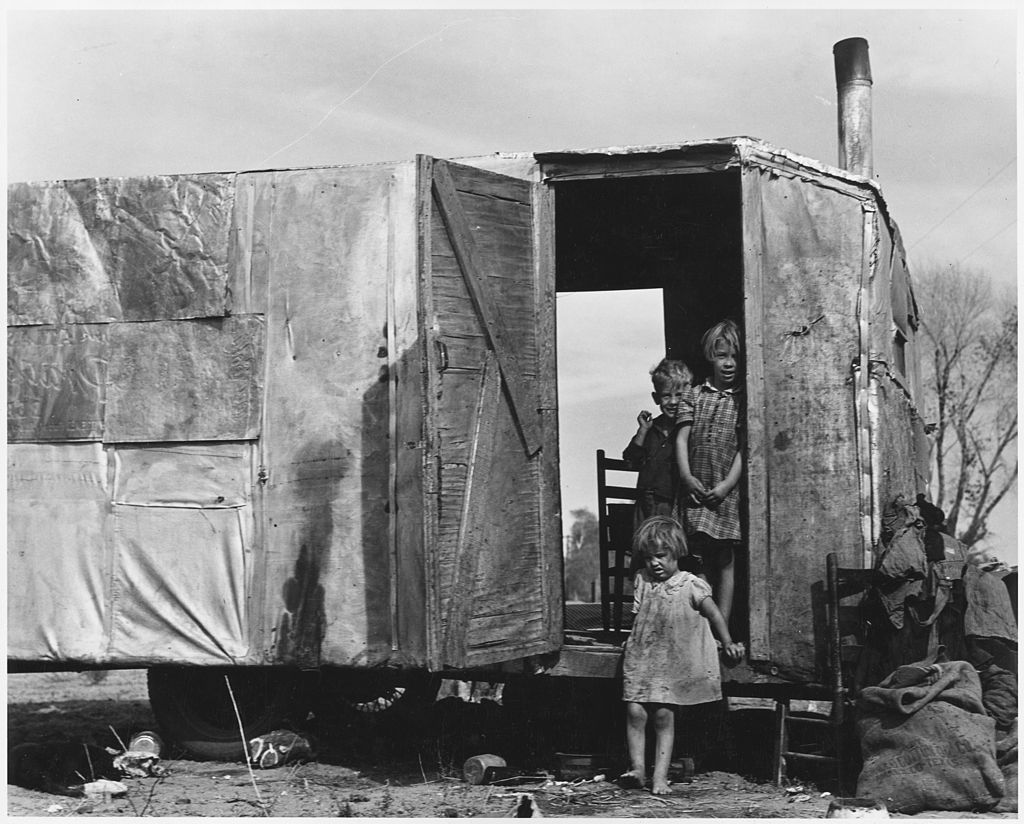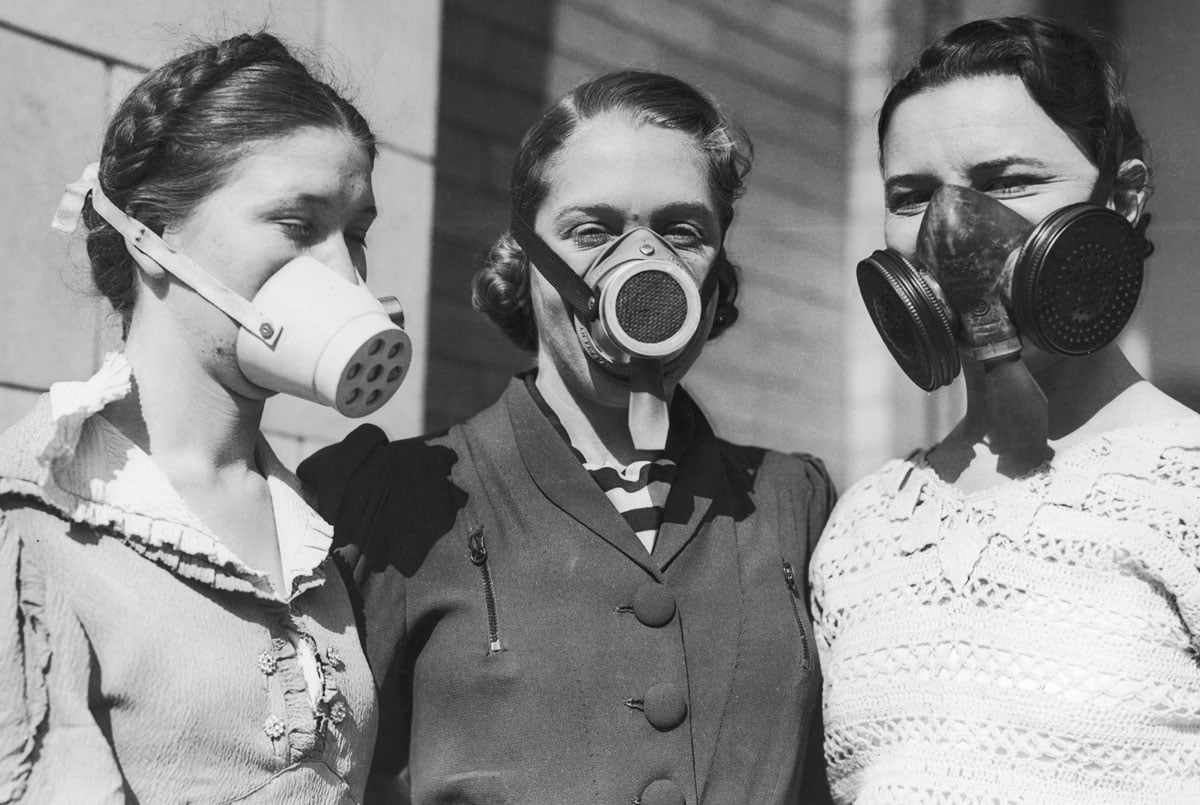Dust Bowl Great Depression Facts

The sky could darken for days and even well-sealed homes could have a thick layer of dust on the furniture.
Dust bowl great depression facts. What was the Dust Bowl. Winds whipped across the plains raising billowing clouds of dust. In 1932 there were 14 dust storms recorded on the Plains an area that included the panhandle of Oklahoma and Texas southwest Kansas southeastern Colorado and Nebraska.
The land that was once full of crops was no longer arable. Children of Mormon farmer at dinner. The Dust Bowl phenomenon coincided with the economic disaster referred to as the Great Depression during which time in 1 in 4 Americans were made unemployed which resulted in high poverty levels - for additional facts refer to Poverty in the Great Depression.
Within the timespan of only a few months the recession of 1929 developed into. Kraft food introduced Kraft Macaroni and Cheese in 1937. The storm eventually caught up with them but these people kept moving.
How did it get so dusty. However while as much as 75 percent of the topsoil had blown away in the region these migrants abandoned the Great Depression made it such that Californias pastures werent actually all. People were destitute and frightened by the events that were sweeping the nation and.
Severe drought and a failure to apply dryland farming methods to prevent the aeolian processes caused the phenomenon. Box Elder County Utah. The Dust Bowl was not a strictly natural phenomenon A farmer and his two sons during a dust storm in Cimarron County Oklahoma 1936 The boom times of the 1920s effected not just people in the city.
The Dust Bowl was an area in the Midwest that suffered from drought during the 1930s and the Great Depression. The Dust Bowl was the name given to the drought-stricken Southern Plains region of the United States which suffered severe dust storms during. Areas of Kansas Colorado Oklahoma Texas and New Mexico were all part of the Dust Bowl.



















